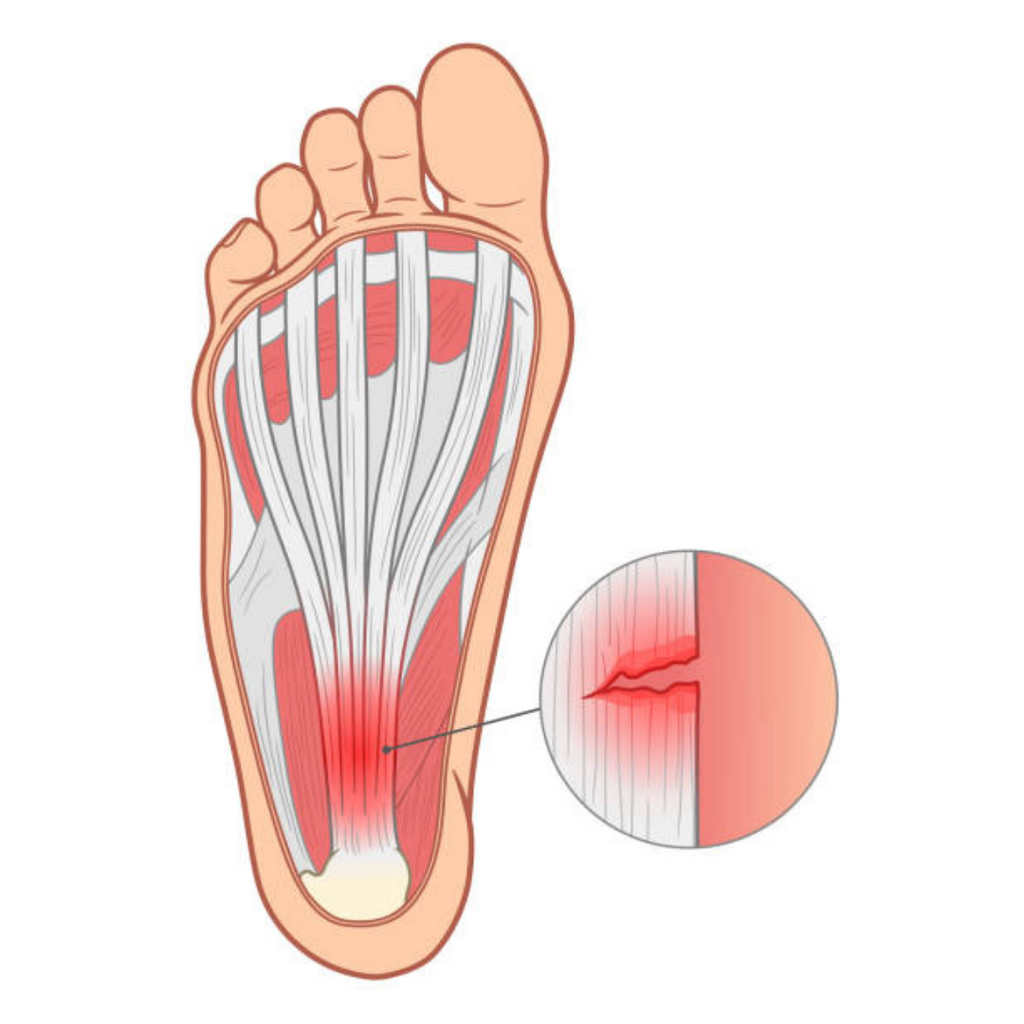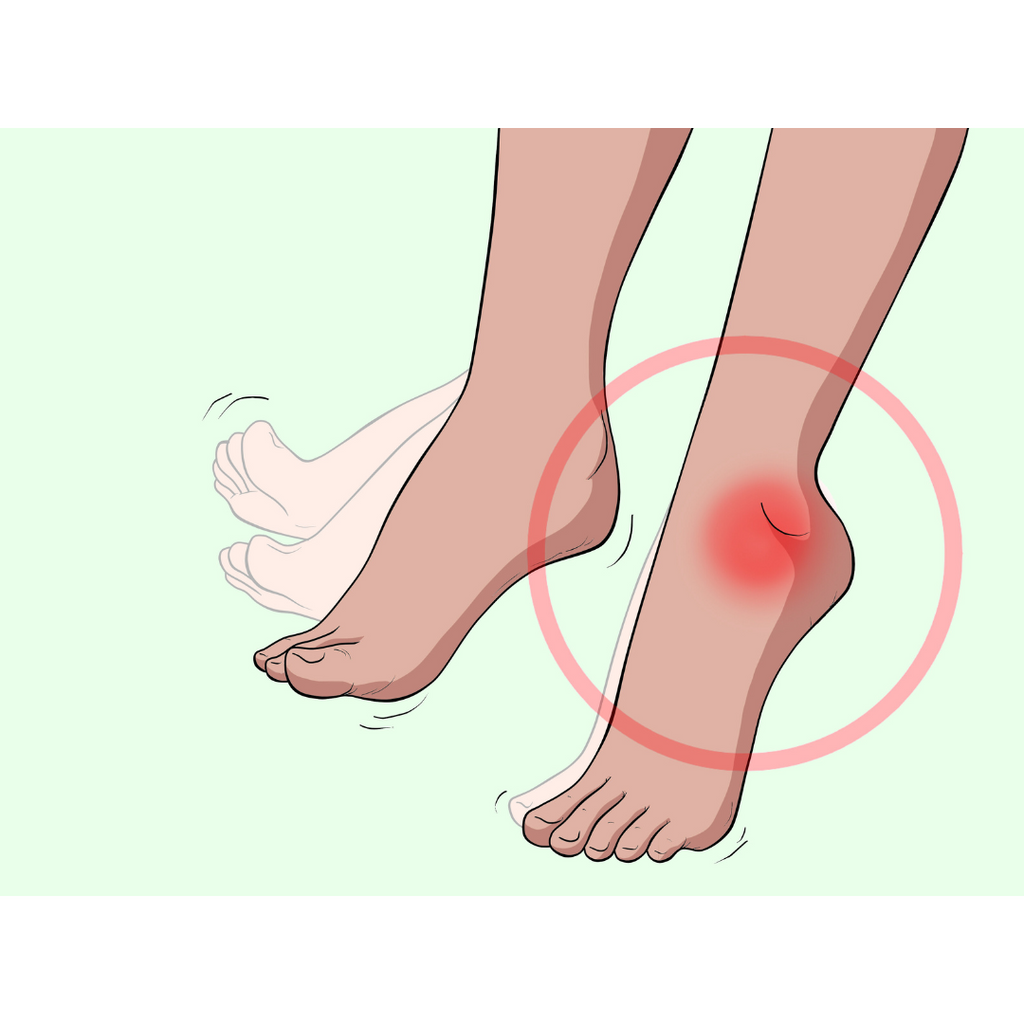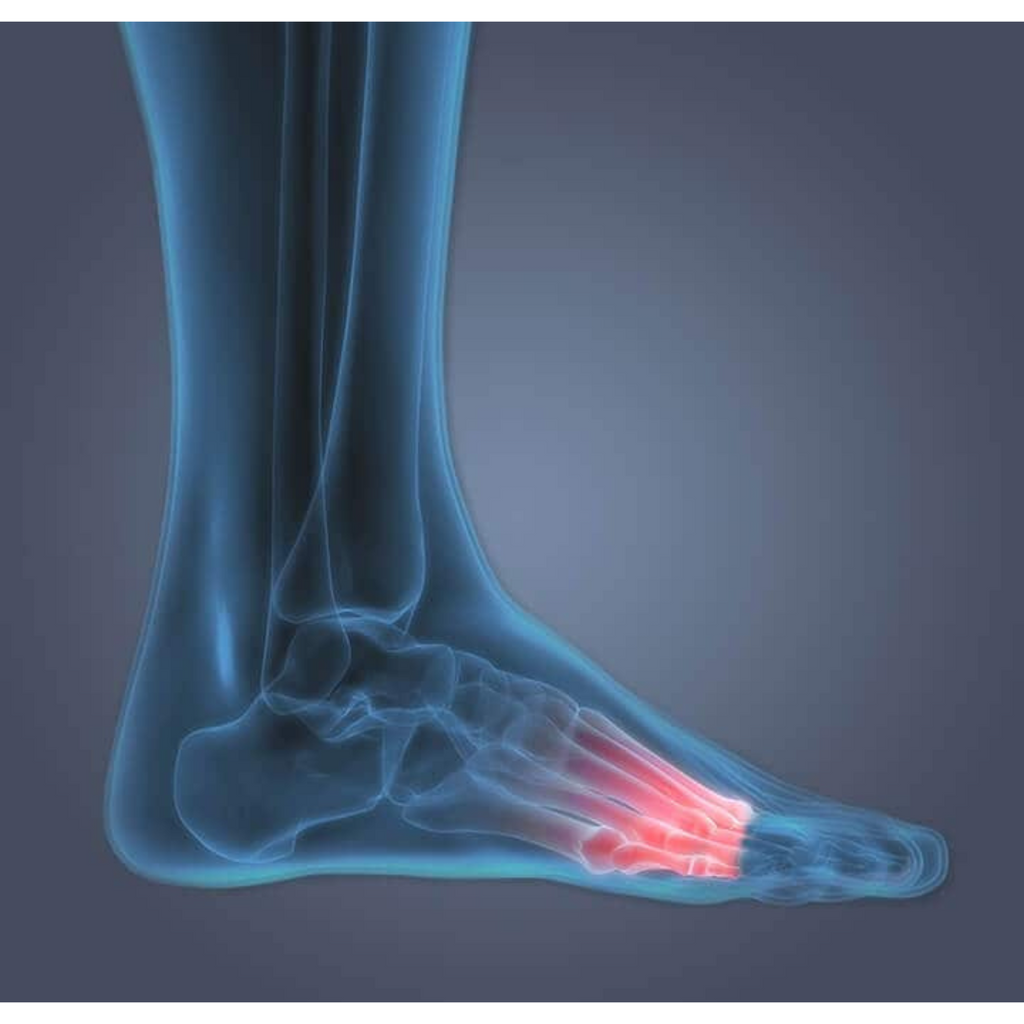Plantar fasciitis does not usually necessitate surgery, and according to the NHS, less than 5% of patients have had heel pain surgery, indicating that non-surgical treatment is ineffective.
This article will explain plantar fasciitis surgery and whether it is a viable option.
The article will also discuss alternative treatments to surgery so that you are aware of all possible plantar fasciitis treatments before considering surgery as a last resort.
Do You Need Plantar Fasciitis Surgery?
As previously stated, plantar fasciitis does not necessitate surgery to alleviate pain. Before considering surgery, non-invasive treatments for heel pain should be tried first.
According to the Beacon Medical Group (part of the NHS), most cases of heel pain can take up to 12 months to resolve.
If the pain is still unbearable and other treatments have failed, surgery may be an option. According to the NHS, the operation would be considered only if you are of a reasonable weight for your height and your plantar fasciitis has not improved using the methods provided.
What Does the Surgery Involve?
Plantar fasciitis surgery entails detaching a section of the plantar fascia from the heel bone to relieve tension in the area.
This procedure is performed through a 3cm cut on the inside of your heel and is essentially open surgery, which the NHS notes isn't always safe or effective.
Another type of plantar release surgery is endoscopy, which involves making a small incision and inserting tools through it to access the plantar fascia.
This procedure has a much shorter recovery time of up to three weeks, but it must be performed by a highly-skilled surgical team. This means that the procedure will take longer to complete.
Depending on the severity of your heel and plantar fasciitis, surgeons may also remove damaged tissue and some of your heel bone to relieve tension and allow the area to heal more effectively.
Pros
- Good Success Rate – According to the NHS, most people who undergo surgery feel better afterward. According to a 2014 study by Wheeler et al, 50 percent of cases were successful with no pain, and for those who weren't, the average figure for improved pain after surgery was 79 percent.
Cons
- Foot Function Reduction – According to Colin Dombroski's The Plantar Fasciitis Plan Book, cutting away some of the plantar fasciitis can result in a loss of arch support of up to 25%. This is especially unsuitable for people who have flat feet.
- Pain may be worse for those with long-term heel pain –Studies have shown that the outcomes following surgery may be worse for people who have had heel pain for a longer period of time.
- Recovery Time and Side Effects – Although recovery time after surgery can range from 3-6 weeks, you may not notice the impact until months later. You may experience tingling or numbness in the operated foot during the recovery period and be restricted from certain activities.
Availability and Cost
If you go through a private surgeon, however, typical costs range from £1,250 just for the procedure itself, so you would also need to consider consultation, discharge, aftercare, and other costs.







